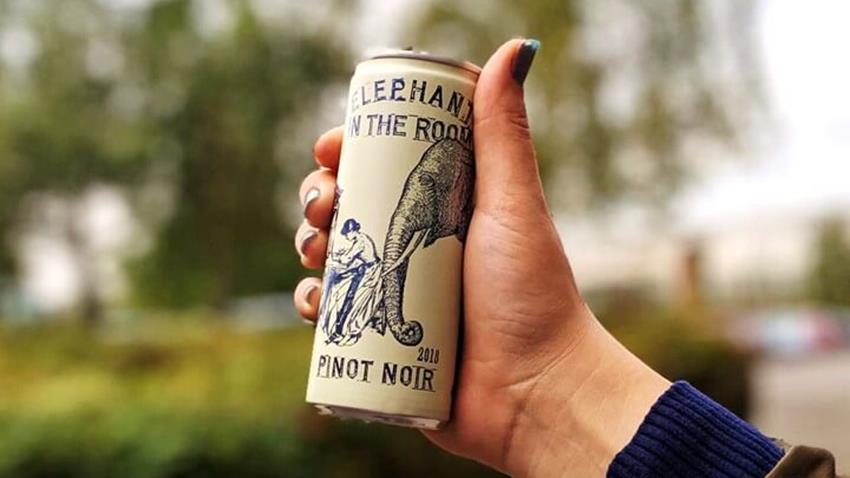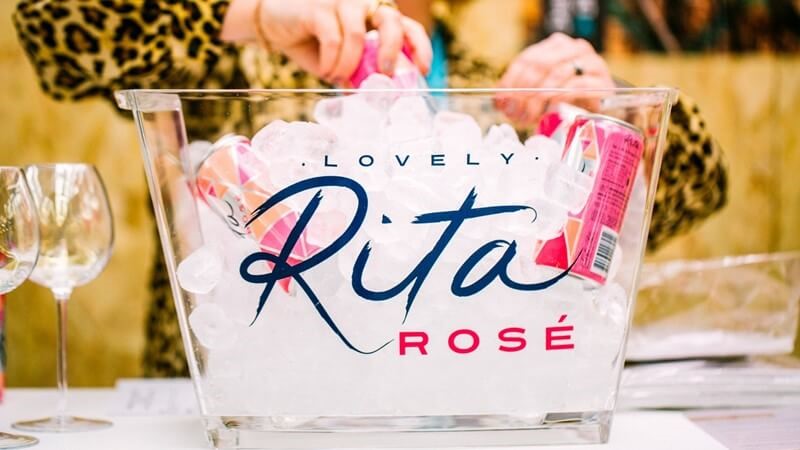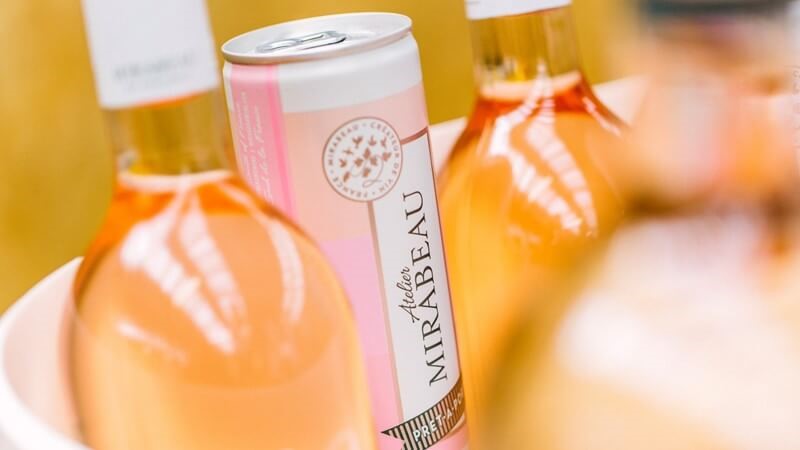
The sizable amount of speculation about the future of canned wine has been hard to ignore. Many are tipping wine in a can to be the next big thing, others would never want to be seen cracking open a cold one. The discussion leaves a question begging to be asked. Is canned wine going mainstream or are the fundamentals of the format forever going to limit its appeal? Here we explore the arguments for and against canned wine.
The argument for canned wines
The beauty of canned wine is in its simplicity. You can get wine into the hand of a customer with just the crack of a can. Without the need to uncork, prepare a wine bucket or even grab some glasses. You can serve canned wine anywhere and at any time; and most importantly serve customers the quality of wine they expect and demand, just faster. The format has clear benefits; no wonder the canned beer market is on the rise. Wine in a can chills faster than a bottle, keeps the liquid fresh and conveniently stacked neatly in the drinks fridge – come on, we all love a neat fridge.
Often overlooked, however, is the environmental credentials of canned drinks. With the impact of single-use plastics dominating the news over the last few years, it is crucial to find an alternative solution to plastic serves. Cans are that credible alternative to plastic bottles and glasses. From production, recycling to carbon footprint, aluminium is considerably more efficient than plastic or glass bottles.

The technical positives are also worth noting. Cans are free of TCA, a compound responsible for cork taint and an affliction that has haunted wines in traditional packaging forever! There is also no chance of the wine spoiling with exposure to light. When white wine, especially in a clear glass bottle, is exposed to ultraviolet and visible light, it can spoil within a few hours. This condition is known as light-strike and initiates chemical reactions that produce dreaded mouldy aromas and flavours. This feature makes them perfect for outdoor bars and events.
With many of our drink trends emerging from the states, we should have one eye on millennials turning away from wine. Matthew Clark supplier Mirabeau en Provence was recently quoted as saying that canned wine could be the antidote. "Millennials enjoy the cans as a mean, they can buy a single measure rather than a whole bottle", said founder Stephen Cronk. The format also lends itself easily to home delivery from pubs and bars, a pace that has been growing quickly as operators adapt.
The on-trade has been calling out for innovation and canned wine has responded; casting off the old, antiquated image of the wine trade. It’s tempting back the drinkers who left in favour of G&Ts and Pink Spritz. They can find a laid back serve style they’ve come to enjoy and a top-quality product that doesn’t leave a big footprint on the environment. What is not to love?
Video: Future proofing the drinks industry
The argument against canned wines
While cans have their place, surely we will never witness the format becoming known for quality wine. Let's face it, people across the industry and consumers still have reservations about screw-caps – a closure clearly superior to cork! Just because beer drinkers have been comfortable with the big craft beer switch to can, doesn't mean that wine drinkers will follow suit. With wine, the perception of the liquid's superiority is crucial to sales. Can canned wine ever give that perception?
Canned wine immediately conjures up images of a much-needed drink on a frantic Friday commuter train out of Euston. This isn't the image most wine brands would want to evoke. You can see canned wine being best suited to the off-trade; brightly coloured and funky, sitting alongside those ready to drink cocktail cans and premixed gin and tonics. In the on-trade, however, it's substance over style. Wine in the trade is rarely sold on looks alone.

One of the biggest hurdles that canned wine will face is making significant headway in the historical wine industry. Wine has been packaged in glass bottles since at least the fourth century AD; almost all of the world's wineries are set up to package wine this way. Any big shift would require significant levels of investment that most family and boutique wineries could not quickly afford. For this reason, the options available to consumers in a can might be lacking for some time. Even if the costs were not a hindrance, how many experienced winemakers would switch from what they have always known?
Finally, canned wine hinders the sensory experience of drinking wine. With glass, the look, aromas and tastes of the wine combine to deliver a fully rounded sensation. Imagine taking a sip of canned wine. The aromas are locked inside the can, and you have no idea how it looks! There is no benefit to swilling your can around to unlock the nuances; one of life's great pleasures is reduced.
Our thoughts
Canned wine is not going to be for everyone or every venue, but the impact of this innovation could be bigger than most of us imagine. Canned wine allows us all to think differently about what wine is and what it can be. The opportunities are wide-ranging, from minibars to festivals, clubs, pub gardens and travel outlets. We recently had an enquiry to put them in a vending machine outside some karaoke booths.
It is no secret that wine volumes are declining. While wine ‘snobbery’ is not to blame, resistance to innovation could be. Canned wine does not need to be judged as better or worse than glass bottled wine; it’s fine to think of it as something different. It’s exciting to think where wine in a can will go. Untethered from the corkscrew and ice bucket, and with a 360-degree canvas for graphic designers to play with, we believe the canned format will help take wine to new spaces and new audiences. Let’s wait and see!
Poll: Vote on this debate!
If this poll fails to load, please click here
